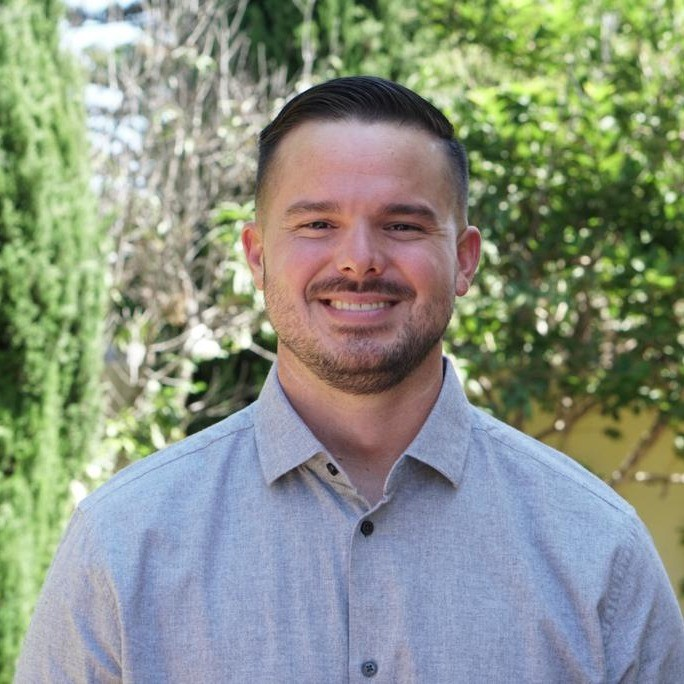Clancy Imislund, a major figure in Los Angeles’ recovery community, has died at the age of 93. Clancy, as he was often affectionately known by the people he helped, worked tirelessly for decades to help even the most hopeless residents of Los Angeles discover a sober way of life. Clancy was the head of Los Angeles’ Midnight Mission.
He was also the leading figure in Los Angeles’ Pacific Group, an offshoot of Alcoholics Anonymous known for its strict adherence to principles of addiction recovery. After recovering from active addiction himself, Clancy devoted his life to supporting other individuals suffering from substance use disorders. His death is mourned by those whose lives he saved as well as those whose lives he briefly touched.
In his youth, Clancy pursued the American dream. He got married early, had four children, and built a career as an advertising executive in Dallas, Texas. He had everything he always wanted, only to see all of that fall apart in what he termed “a drunken haze.” Hoping to fix his life by changing his circumstances and living situation, Clancy drove to Phoenix, Arizona and then took a bus to Los Angeles, California. Instead of enjoying the glamour of Los Angeles, though, Clancy continued to drink.
By 1958, he was living in Los Angeles’ Skid Row, a dangerous neighborhood famous for being the living quarters of the destitute and addicted. He survived by spending his nights in all-night movie theatres and selling his blood, hardly the way of life he’d envisioned for himself.
Eventually, lacking resources, security, and peace of mind, Clancy ended up in The Midnight Mission, a human services organization in Skid Row. The Midnight Mission, founded in 1914, offered food, “safe sleep” programs, educational training, and drug and alcohol recovery services to people in need.
Clancy Imislund made use of this addiction resource center while attending AA meetings in the city. Not only did he get sober, but by 1974 Clacy Imislund had become the managing director of The Midnight Mission. Today, Clancy and The Midnight Mission are practically synonymous.
No Clancy Imislund obituary would be complete without mentioning the Pacific Group, an AA organization in Los Angeles. Clancy’s AA Pacific Group made use of a unique, strict, and principled interpretation of the 12-step program. While some criticize the insularity of the Pacific Group and its religion-heavy and hardline understanding of the 12 steps, the fact remains Pacific Group meetings are some of the most well-attended 12-step meetings in the world.
Clancy Imislund was also a notable AA speaker, and his recording talks are popular in recovery communities worldwide. Clancy Imislund’s guidance and charismatic personality not only helped many members get sober and maintain their sobriety, but it made Clancy Imislund into something of an AA celebrity.
Individuals publicly mourning Clancy Imislund’s death include actual celebrities, including Ed Begley Jr, but perhaps those missing him the most will be the addicted people he worked with on Skid Row. No matter how acclaimed Clancy Imislund became, he continued to work tirelessly with individuals abandoned by society. Skid Row is home to the vast majority of Los Angeles’ addicts.
The neighborhood includes more than 12,000 crystal meth and heroin addicts. Due to the neighborhood’s poverty, high crime rate, and lack of resources, ending up on Skid Row is often seen as the end of the line for most addicted people — even a death sentence. Clancy Imislund ensured that even the most hopeless individuals could have hope for the future, and the number of people he helped get sober likely numbers in the thousands.
Ultimately, recovery from addiction is best achieved when one person who has recovered from an addiction helps another who is actively suffering. While Clancy Imislund may have become something of an AA celebrity, the fact that the Clancy Imislund Wikipedia page redirects people to the Midnight Mission Wikipedia page illustrates a crucial point: when it comes to addiction recovery, it’s not about who you are, but the work you put into recovery.
From Skid Row to Beverly Hills, drug and alcohol use disorders are prevalent throughout Los Angeles. It doesn’t matter if a person is a wealthy celebrity or destitute and living on the street. It doesn’t matter how old a person is, what gender or sexual orientation they identify as, or even how frequently they use drugs. While the media may paint a narrow picture of addiction that leads many people to think, “I couldn’t be an addict,” the fact is that individuals with substance use disorders come from all walks of life. What they all have in common is that they’ve experienced the devastating consequences of substance abuse and have discovered that they are powerless to stop on their own.
While it may be demoralizing for anyone to realize that their personal will power is insufficient to recover from a substance use disorder, recovery is possible. Enrolling in a sober living near you can help you pick up the pieces of your fractured life. Not only do sober living homes support residents in getting sober, but they provide a framework for rebuilding ones life, fixing relationships, getting employed, and working toward personal goals. With outside help and the safe support system provided by a structured sober living in West Los Angeles, recovery from drug and alcohol addiction is possible, and a life of prosperity and freedom is all but guaranteed.







Written By
David Beasley